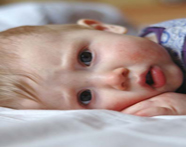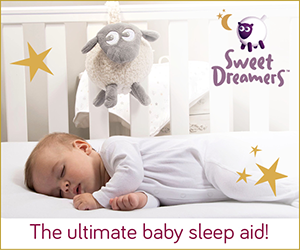Febrile Seizures

About
Febrile seizures, though frightening, are a virtually harmless medical incident experienced by three to four percent of children, usually boys, between the ages of three months and five years, according to Epilepsy Ontario.
These seizures are caused by sudden fevers generally above 38.3 degrees celsius. Children are vulnerable to these seizures because of their developing brain, but other factors like a history of seizures (mainly febrile) in the family, chronic poor health in maternity, parental fertility problems, breech birth, caesarean birth, small birth weight, developmental delay, and cerebral problems can also lower a child’s seizure-resistance threshold.
Research from Aboutkidshealth.ca, an initiative by the Hospital for Sick Children, says that there is a 25 percent chance that if one child has a febrile seizure so will their younger sibling. During febrile seizures a child is conscious and the cause of the fever is known.
According to Epilepsy Ontario, febrile seizures can fall into any of two subcategories:
Simple Febrile Seizures
Being the most common of febrile seizures, these are virtually harmless and carry no further problems. Their duration is under 15 minutes.
Complex Febrile Seizures
These seizures are the most threatening of the two. They can occur in body temperatures below 38.3 degrees and last above 15 minutes in length.
One part of the body is affected during complex febrile seizures and there may be neurological abnormalities.
Treatment
According to Epilepsy Ontario, The proper response to a febrile seizure is to protect the child from anything sharp, hot, and dangerous, loosen tight clothing, and not to put anything in the child’s mouth. Do not restrict the child’s movements and if you can, roll the child on his/her side.
When the seizure is over, take your child to see a doctor right away. If the seizure lasts longer than five minutes, then the child should be brought to emergency.
Anti-fever medication, like Tylenol or Ibuprofen, can be given to a child to reduce the fever and make them feel comfortable, though this medication will not prevent a seizure.
Effects
As rare as febrile seizures are, a reoccurrence is even rarer. Only 30 to 40 percent of children will experience a second seizure, usually within a year after their first one. Odds of another febrile seizure increase if a child is under a year old, has a family history of febrile seizures, has a seizure soon after a fever and if the fever was not very high.
Talk to your child’s pediatrician if you have any questions or concerns.





